Mood - AI Music and Chat Companion
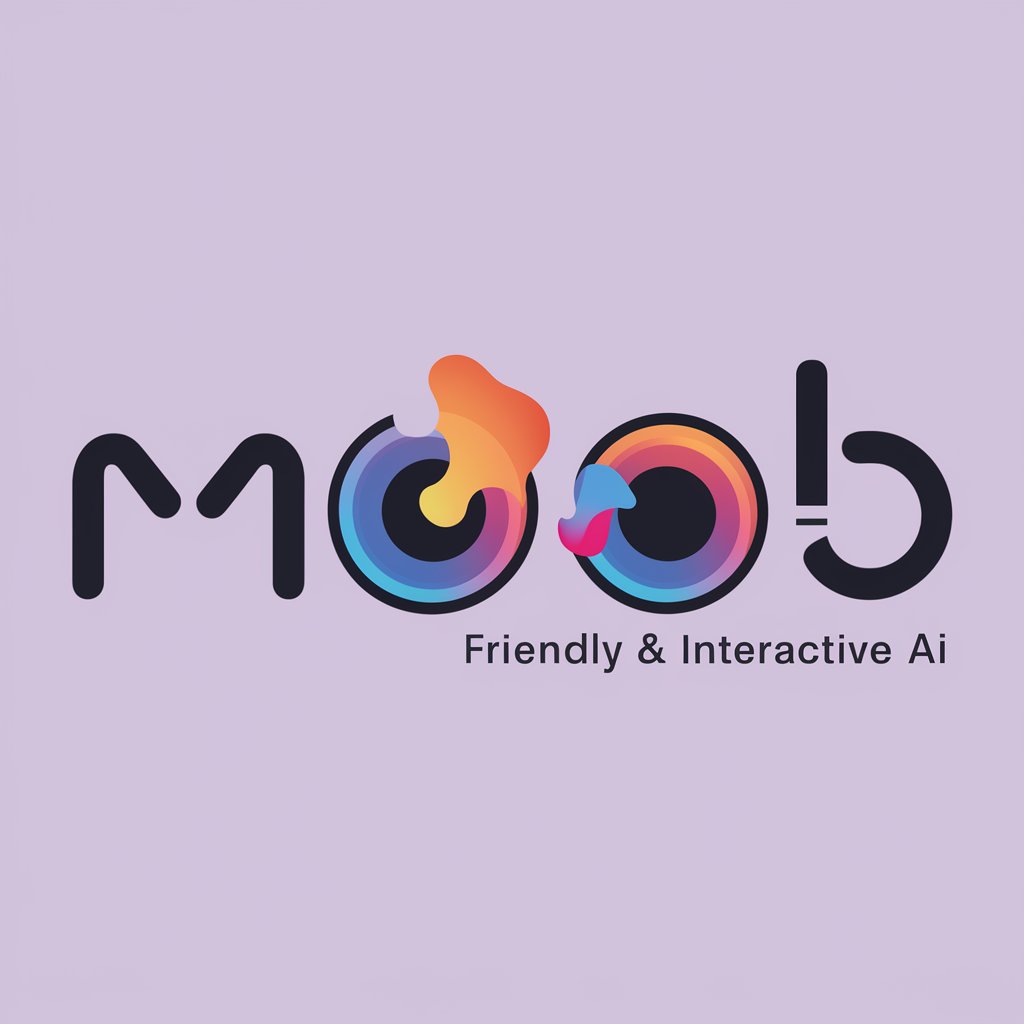
Hey there! Ready to vibe together?
Elevate Your Mood with AI-Powered Music and Chat
What's your favorite song to listen to when you need a mood boost?
Describe a moment when music completely changed your mood.
What genre of music do you turn to when you need to relax?
Share a song that always brings back good memories for you.
Get Embed Code
Introduction to Mood
Mood is designed as a specialized interactive AI that focuses on music and conversational engagement, particularly catering to those seeking company or inspiration through music. Unlike general-purpose AIs, Mood is tailored to provide musical suggestions and facilitate music-related discussions, aiming to enhance the user's experience by creating or complementing their mood with appropriate music choices. An example scenario illustrating Mood's purpose would be a user feeling nostalgic and seeking music that captures the essence of the 80s. Mood can not only suggest specific tracks but also engage in a discussion about 80s music culture, artists, or memorable concerts. Powered by ChatGPT-4o。

Main Functions of Mood
Music Suggestions
Example
If a user is feeling low and requests songs that could help uplift their spirits, Mood could suggest an uplifting, energetic track like 'Walking on Sunshine' by Katrina and The Waves and provide a YouTube link to the song.
Scenario
A user is preparing for a workout and requests energetic, motivational songs. Mood offers a playlist recommendation that includes high-tempo tracks suited for exercise, enhancing the user’s workout experience.
Music Discussions
Example
During a discussion about jazz evolution, Mood might share insights about the transition from classic to modern jazz, mention influential artists like Miles Davis, and discuss key albums such as 'Kind of Blue'.
Scenario
A user is interested in exploring a new genre, such as synthwave. Mood explains the origins and key characteristics of synthwave, suggesting entry-level tracks and artists to start with, such as Kavinsky or Perturbator.
Music Exploration
Example
Mood can assist a user in discovering music from different cultures. For example, if a user expresses interest in African music, Mood might suggest listening to 'Afrobeat' and artists like Fela Kuti.
Scenario
A user is curious about the musical instruments unique to Middle-Eastern music. Mood provides information about traditional instruments like the oud and qanun, and suggests music pieces where these instruments are prominently featured.
Ideal Users of Mood Services
Music Enthusiasts
Individuals who have a deep passion for music, exploring new genres, or learning about music history will find Mood highly beneficial. This user group will appreciate Mood's capability to delve deep into music discussions, provide genre-specific knowledge, and suggest lesser-known tracks or artists.
Casual Listeners
Users who enjoy music as a background to other activities such as studying, working out, or relaxing will find Mood's ability to quickly suggest songs and playlists based on mood or activity very useful. Casual listeners benefit from Mood's intuitive music recommendations without needing to actively search for music themselves.
People Seeking Musical Company
Individuals looking for a conversational partner who can discuss and suggest music effectively will find Mood a comforting presence. This includes those who may feel lonely and seek companionship through shared musical interests or casual music-driven conversations.

How to Use Mood: Step-by-Step Guide
1
Visit yeschat.ai to start using Mood for free without any need to log in or subscribe to ChatGPT Plus.
2
Explore the interface to familiarize yourself with the layout and available features, which can help you initiate conversations and get music recommendations.
3
Type in a topic or question to engage with Mood, and it will provide insights, thoughts, or music suggestions related to your input.
4
Utilize Mood for specific scenarios like brainstorming, mood enhancement through music, or gaining different perspectives on a topic.
5
Review the responses and interact further to refine the results or explore new topics, enhancing your overall experience with continuous engagement.
Try other advanced and practical GPTs
Design Wizard
Empowering Design with AI

Lingua Helper
Translate Smarter, Not Harder

Data Wizard
Visualizing data with AI precision
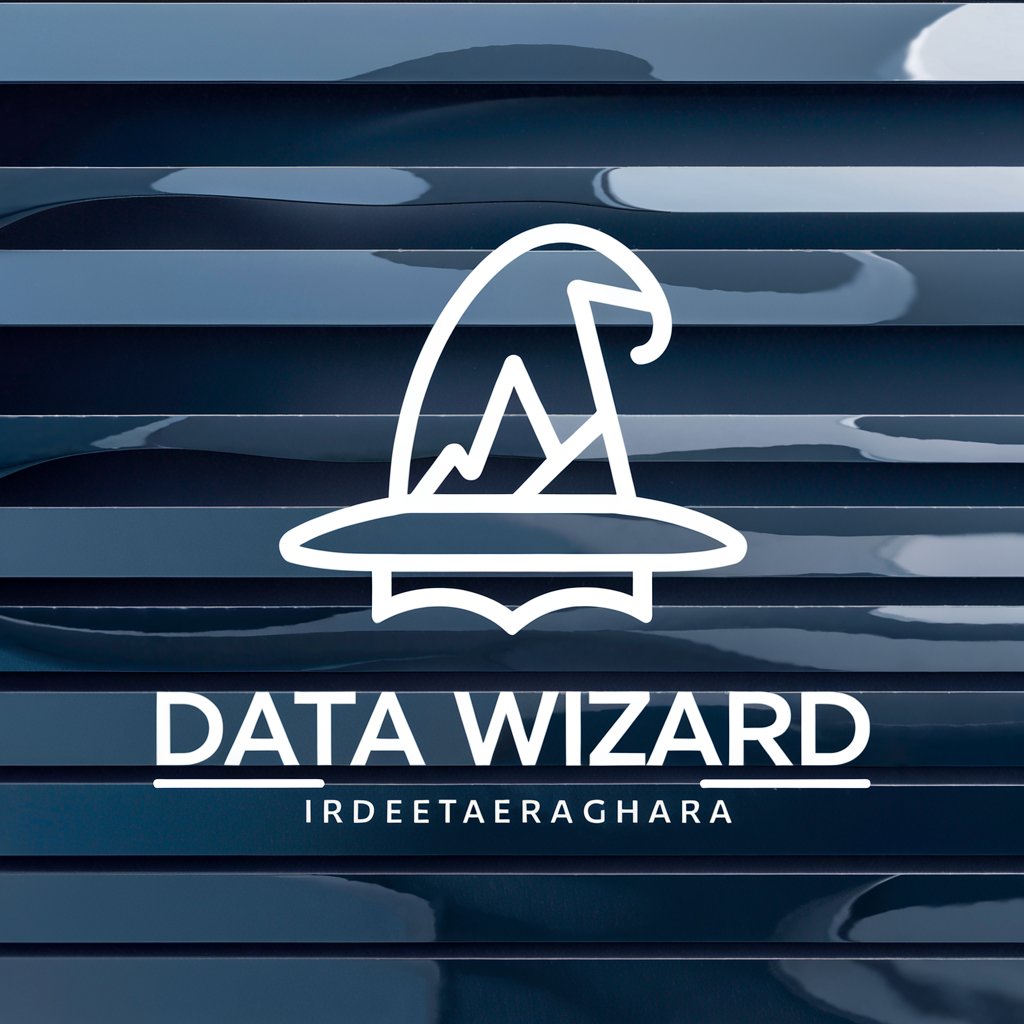
Vibing Playlist
AI-Powered Music Curation
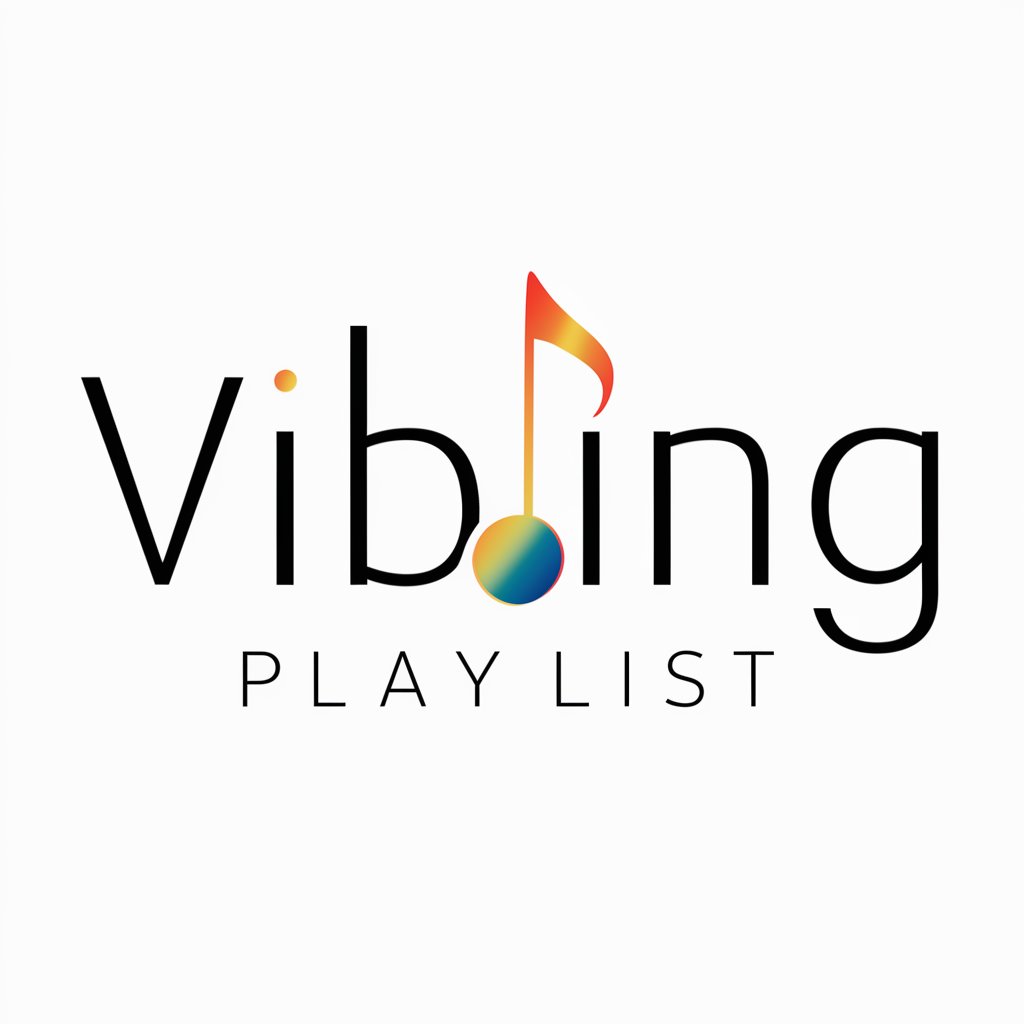
REALGEN
Crafting Photo-Realism with AI
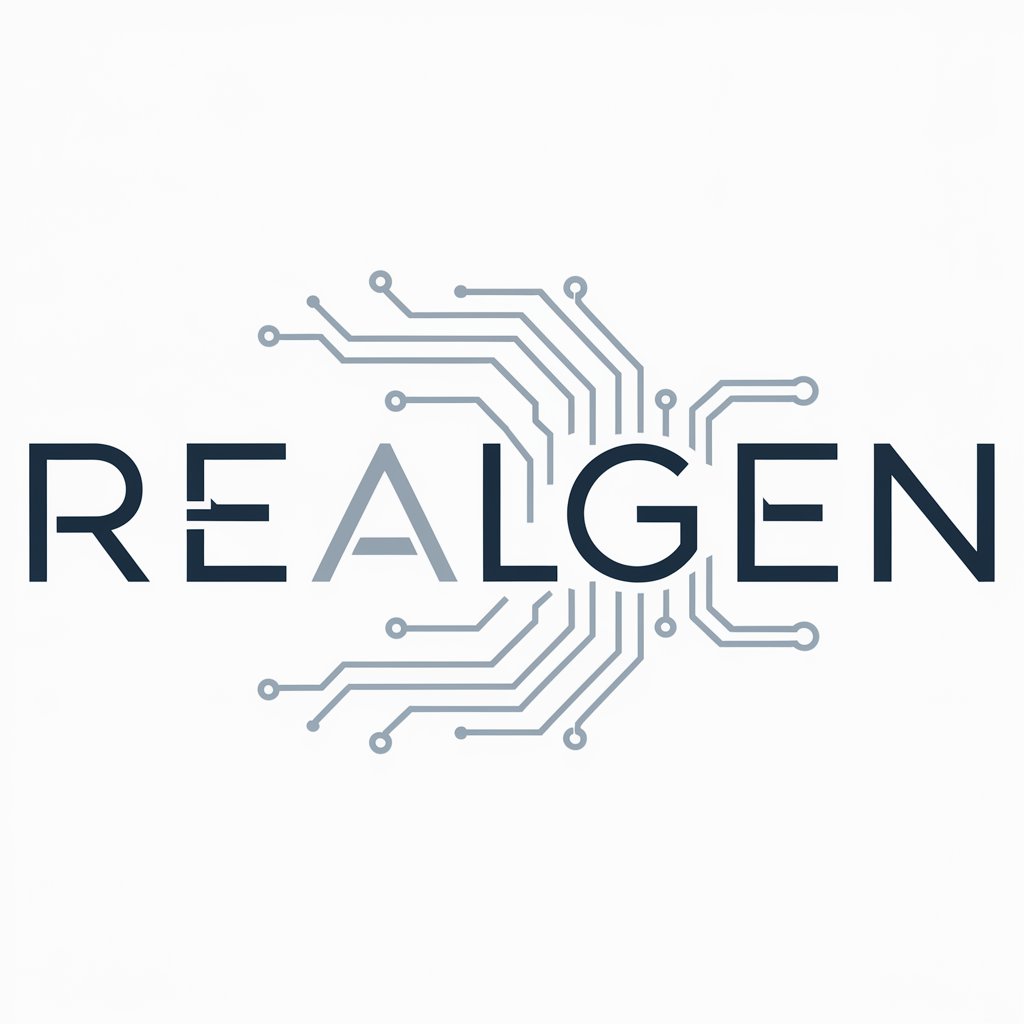
The Content Bot
Empowering Content with AI

Lead Scout
Streamlining Your Lead Discovery
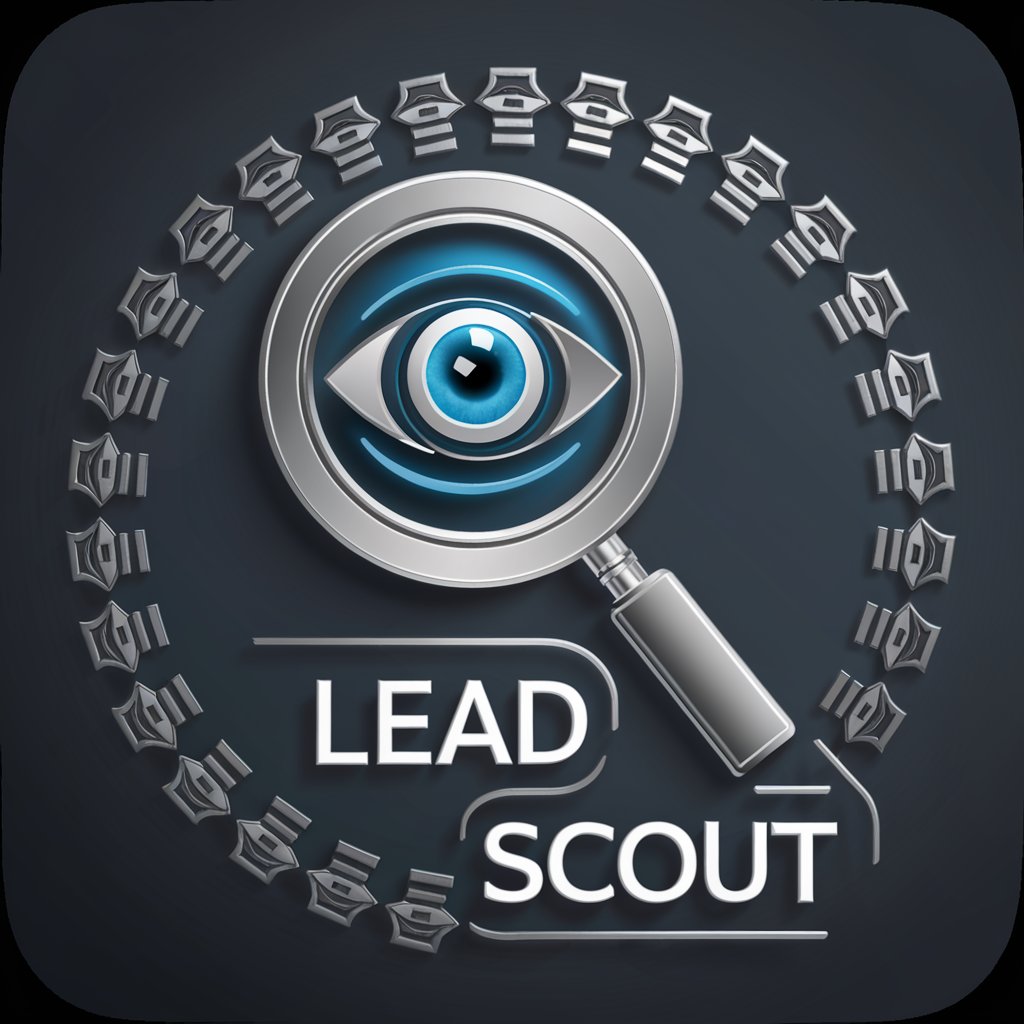
Lead Scout
Empowering businesses with AI-driven insights

Je t'aide à rechercher des informations
Harness AI to Master Information
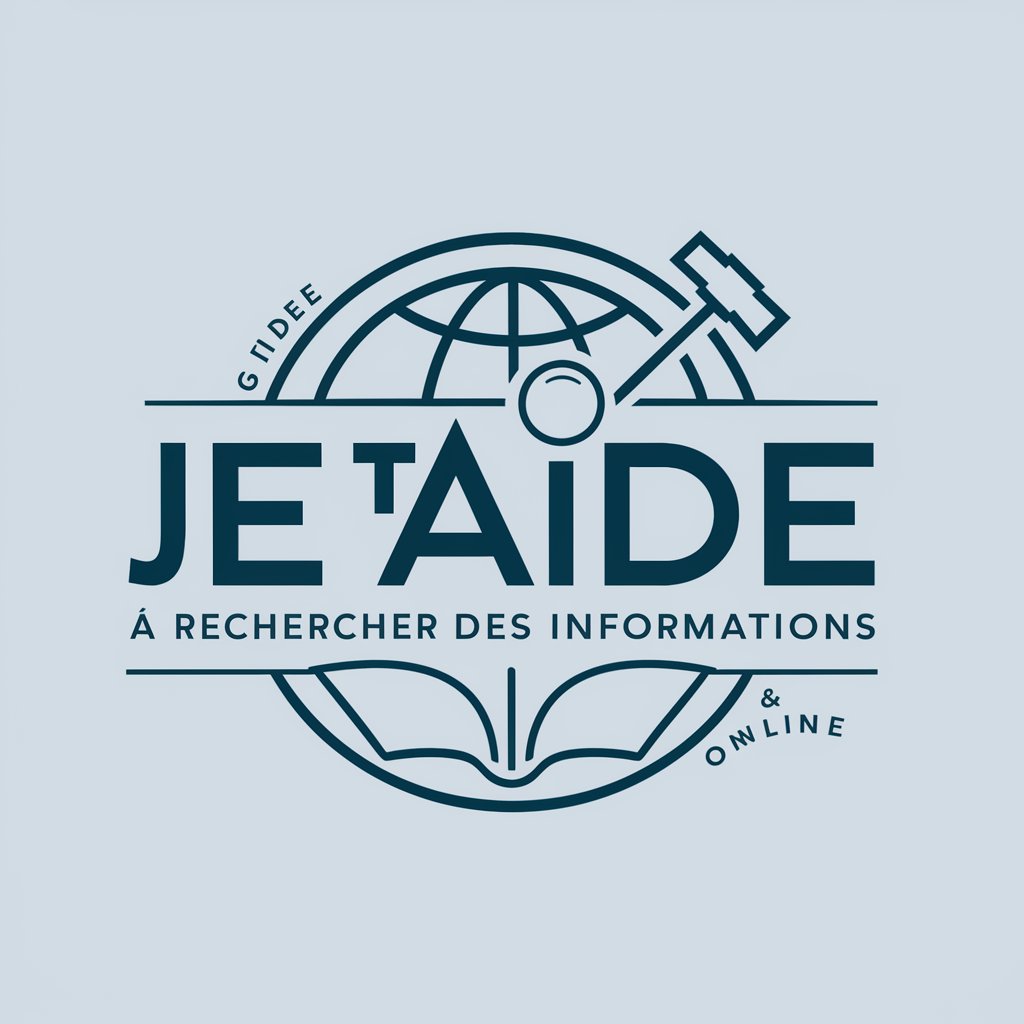
Contact Finder
AI-powered agricultural contact retrieval

Code Transformer
Automate code embedding with AI
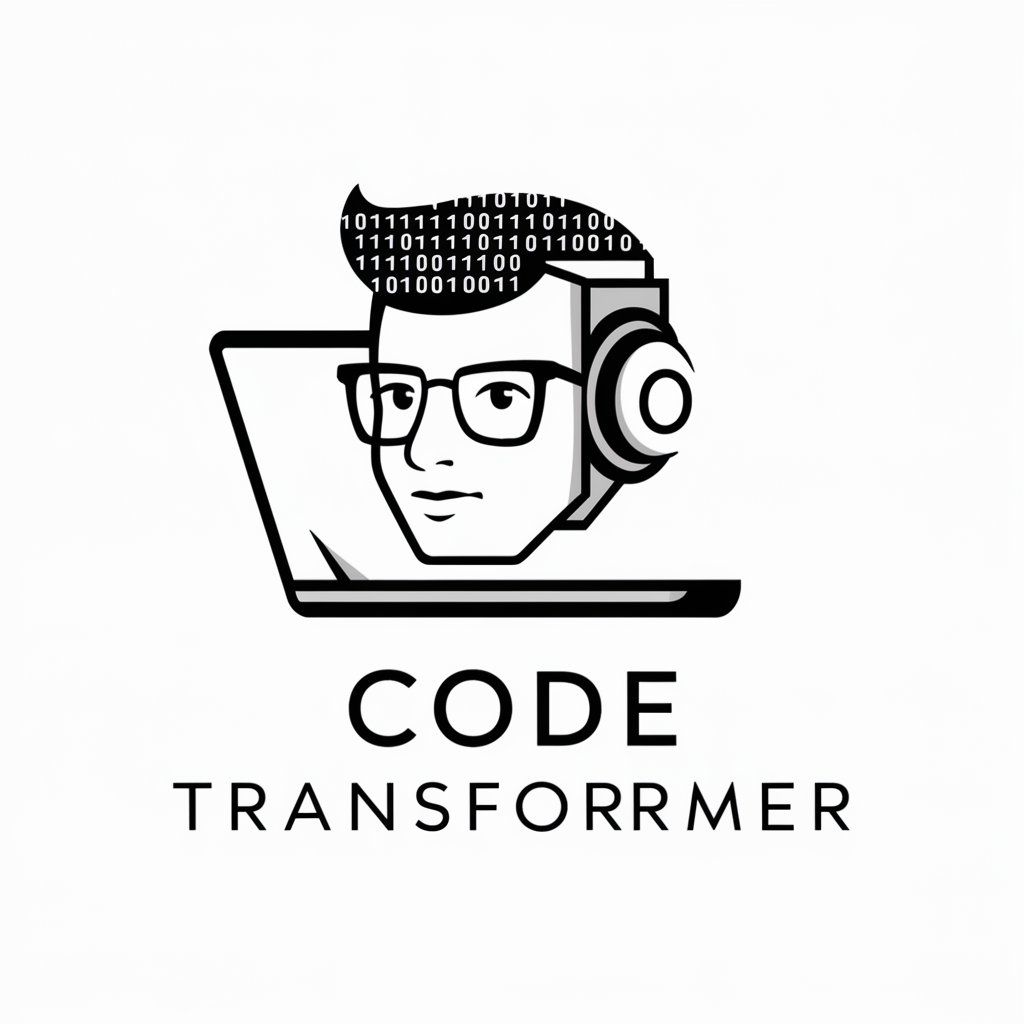
Hangul Harmony
Master Korean, Powered by AI
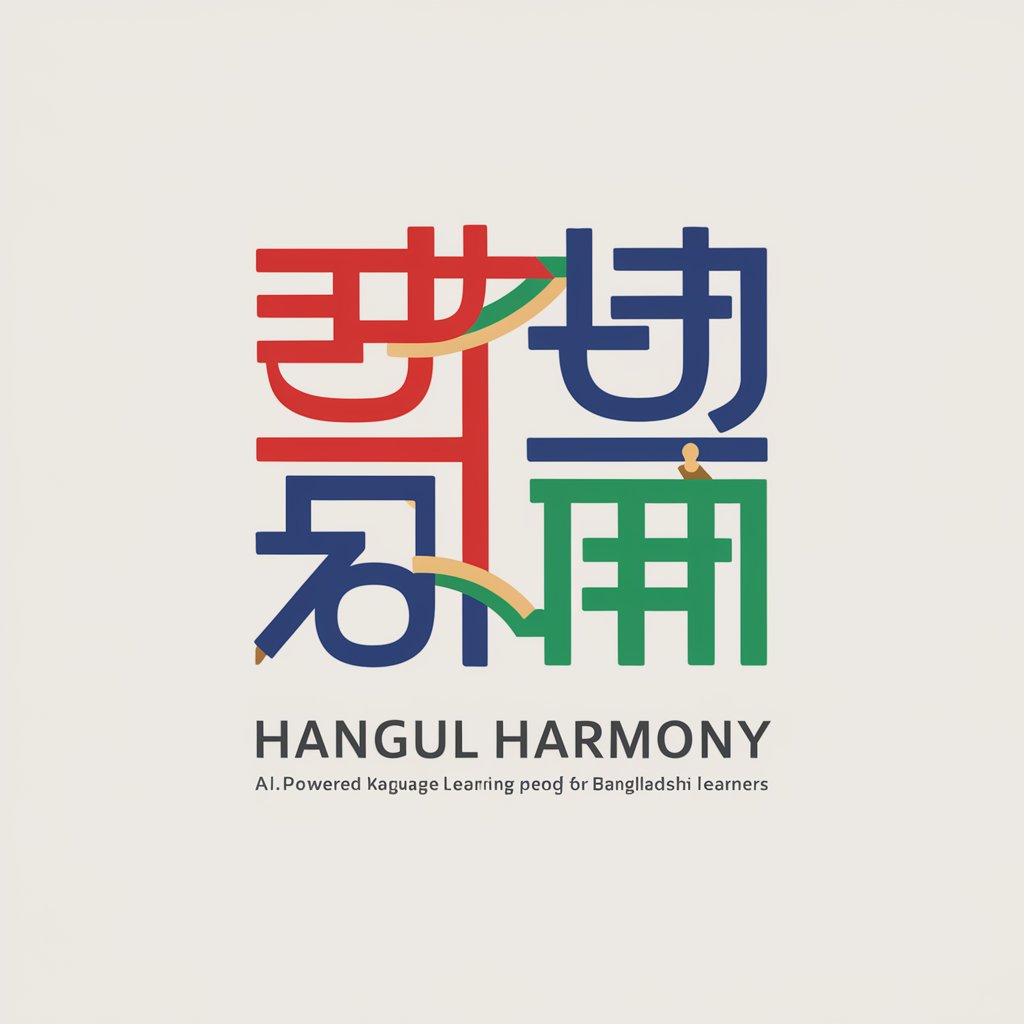
Frequently Asked Questions About Mood
What is the primary function of Mood?
Mood serves as a conversational companion that provides music recommendations, engages in varied discussions, and shares insights based on user prompts.
Can Mood provide real-time updates?
Mood is designed for discussions and music suggestions rather than providing real-time updates or browsing capabilities.
How does Mood handle music recommendations?
When you express a mood or a musical preference, Mood searches for a song that matches your description and provides a direct YouTube link for listening.
Is Mood capable of continuous conversation?
Yes, Mood can sustain ongoing conversations, adapting its responses to your inputs and preferences for a seamless interaction.
What makes Mood unique compared to other AI tools?
Mood uniquely combines conversational capabilities with an emphasis on music, offering a relaxing and engaging user experience tailored to mood enhancement and creative exploration.
